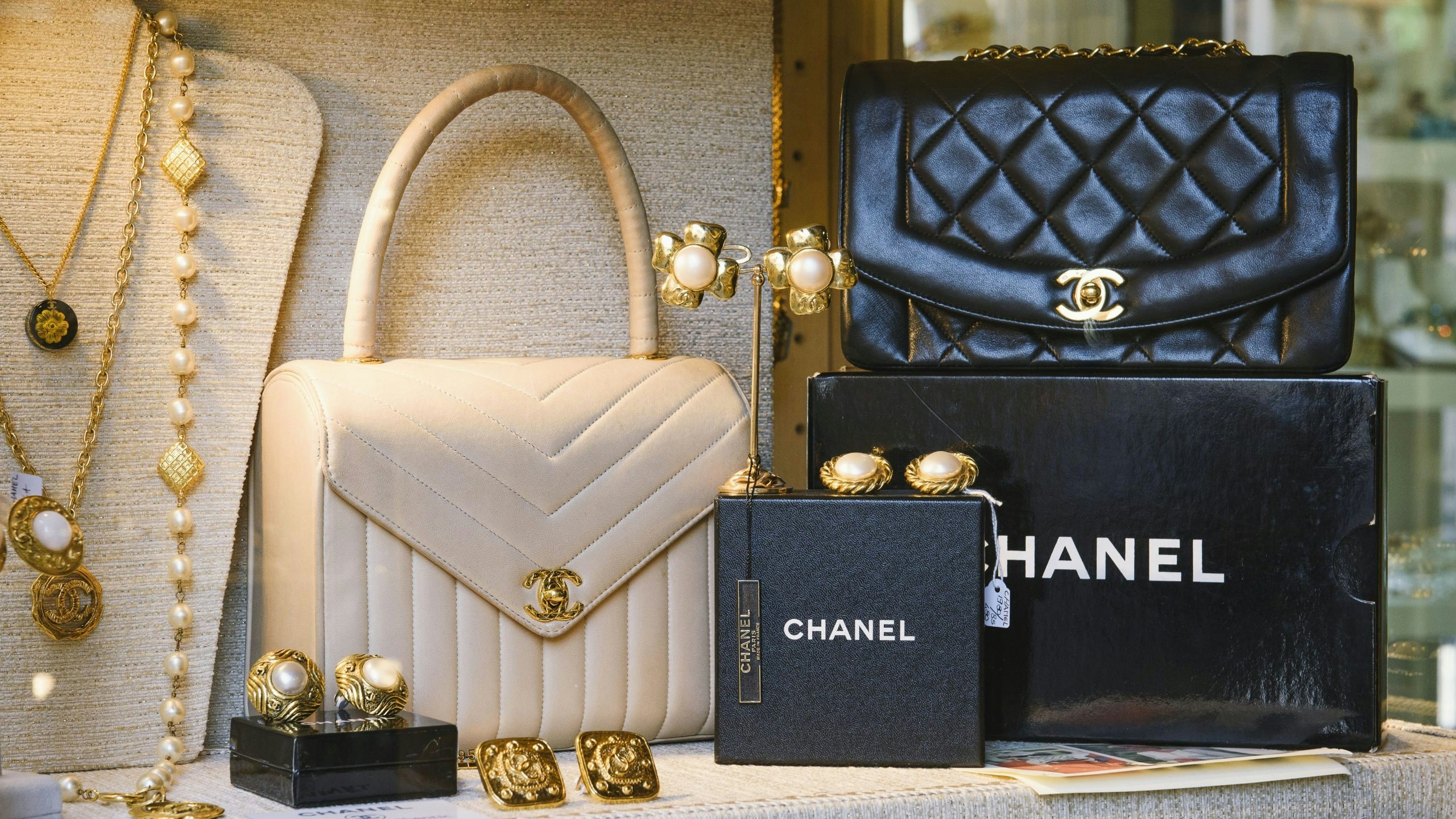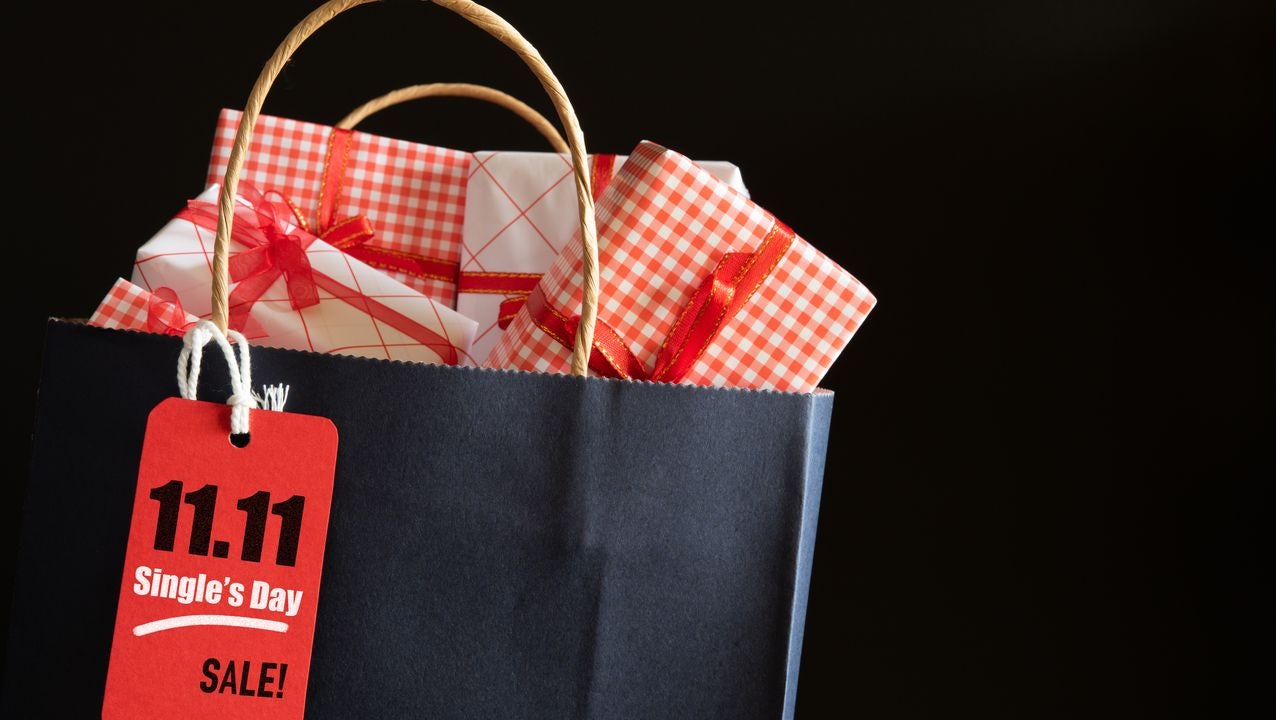Headlines are doom and gloom for the luxury industry, spewing about record drops and the long, winding road to recovery.
The bright spot? China. A new report released by Bain & Company and Altagamma shows that the Middle Kingdom is the only region where sales have surged — up 45 percent to 44 billion euros. In fact, China is on track to becoming the world’s largest luxury market by 2025, with Chinese consumers set to make up almost half of all global luxury spending.
It’s no surprise, then, that international brands are eyeing China, but not just for its consumers. According to Bain, the pandemic has accelerated some existing trends in China that Jing Daily has long noted. Now, they are altering the course of the entire luxury industry.
Below are three key takeaways from the report that should help brands emerge from the COVID-19 crisis even stronger.
Courting young consumers#
Luxury buyers are looking a lot younger these days. While Gen Xers and Baby Boomers still hold a significant portion of wealth, 2020 has expedited the spending-power shift from parents to children. The report notes that younger generations will account for 180 percent of market growth over the coming years and two-thirds by 2025.
In particular, Generation Z (those born between 1995 and 2010) has solidified their relevance as luxury consumers. Not only did they show “resilience and overindulgence” with luxury purchases both during and after the COVID-19 crisis, but they expressed this both online and off, as the first consumers to reenter stores after lockdowns.
Given their “distinctive traits and habits,” it will be important for brands to not only meet these consumers on their platforms but also to speak their language by recognizing the importance of “new cultures and subcultures.”
Leveraging digital#
In China, digitalization has long been the key to reaching consumers. And now, with lockdowns limiting in-store spending, this is true worldwide.
Online shopping for luxury goods skyrocketed in 2020, doubling from 12 percent in 2019 to 23 percent in 2020 — a pace equivalent to five years of growth, according to Bain and Altagamma. The two predict that online shopping will become the leading channel for the luxury goods industry by 2025, reaching one-third of the total market value.
Prioritizing domestic shopping#
Pre-COVID-19, customers could jet off to Milan, Paris, or other global cities to shop at luxury flagship stores. Now, border lockdowns mean that “the burden of future short to mid-term growth will be on local customers.”
Although the luxury market is traditionally tourist-driven, the report predicts that by 2025, domestic purchases will gain higher relevance as compared to pre-crisis levels. This repatriation of spending will occur primarily in Asia, with China leading the way.
Moving forward#
Bain predicts that it will take until the end of 2022 or even 2023 for the luxury market to return to 2019 levels. Even then, there will be no regressing to the old ways. The pandemic has paved a new normal — one defined by digitalization, domestic shopping, and youth consumption — that is sure to shape the future of the industry.
Whether or not brands come out of this crisis stronger will depend on their willingness to adapt.
“By 2030, this industry will be drastically transformed,” said Federica Levato, a co-author of the Bain study, at an online conference to discuss the report. "The winning brands will be those that build on their existing excellence while reimagining the future with an insurgent mindset. Luxury players will need to think boldly to rewrite the rules of the game.”


